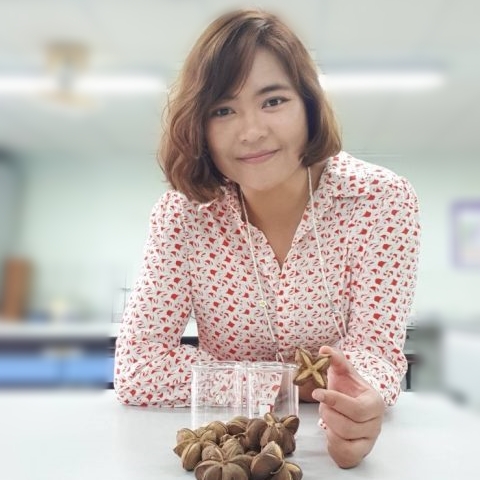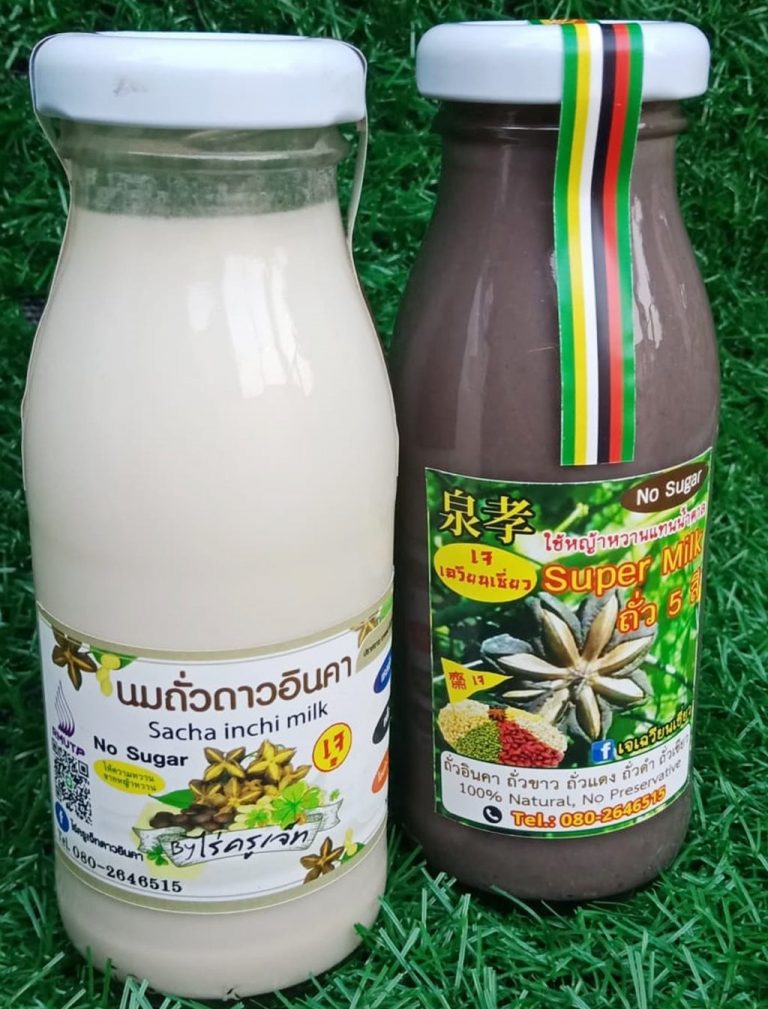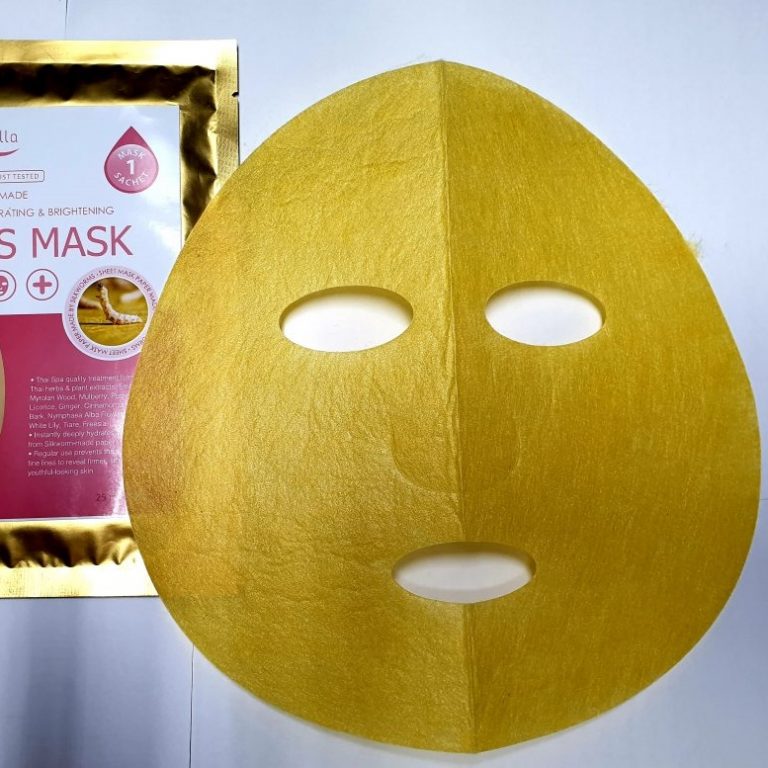HCAT Reseach >> Researchers in the field of health technology have worked on both academic and commercial projects in the cosmetics and anti-aging sectors.
[TH] / [EN]
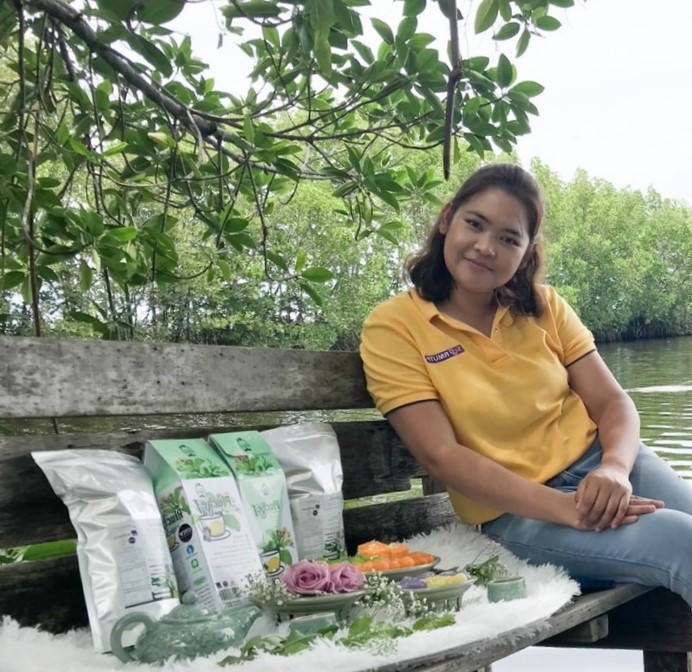
The production of the first drink made from dried Khlu leaves in Thailand that has met Thai Industrial Standard Institute (TISI) criteria
Researchers : Sirirat Panich (Ph.D.), Woravith Chansuvarn (Ph.D.), Anchana Kuttiyawong, and college
The RMUTP research team, led by project leader Sirirat Panich, with project participants Woravith Chansuvarn and Anchana Khattiyawong, has developed a method to clean the Khlu leaves and reduce their toxin content. The Lung Klae product is featured as part of the One Tambon, One Product (OTOP) initiative, which aims to enhance and upgrade products through the application of science, technology, and innovation in Phanthai Norasing Subdistrict, Mueang Samut Sakhon District, Samut Sakhon province. This initiative is funded by the Ministry of Higher Education, Science, Research, and Innovation's Office of the Permanent Secretary for the year 2020.
The RMUTP research team, in collaboration with business owners, conducted a study in two phases. In Phase I, the team focused on developing a process for washing Khlu leaves to reduce their hazardous components. The study included the following objectives:
- Analyzing the chemical, physical, and microbiological properties of Khlu leaves, such as moisture content, yeast, mold, and heavy metals.
- Extending the product's shelf life to over four months.
- Evaluating consumer sensory data to assess satisfaction with the product’s appearance, flavor, aroma, and other qualities in order to gather insights for future product development.
The results and analysis of the pharmacological properties of water brewed from dried Khlu leaves revealed the presence of key compounds with high antioxidant activity, including tannins, catechins, quercetin, and lactic acid. The taste is also delightful and aromatic, with natural hues that help build consumer confidence in the product's quality and safety. This product is the first and only one in Thailand to meet TISI standards for drinking. Additionally, there was a 10% increase in sales compared to the previous period, contributing to an average boost in the group’s profits.
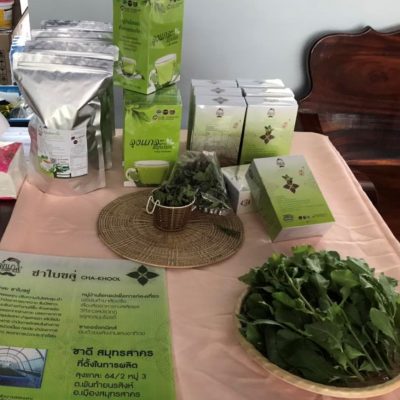
Published information: August 9, 2023
Read more >> Click
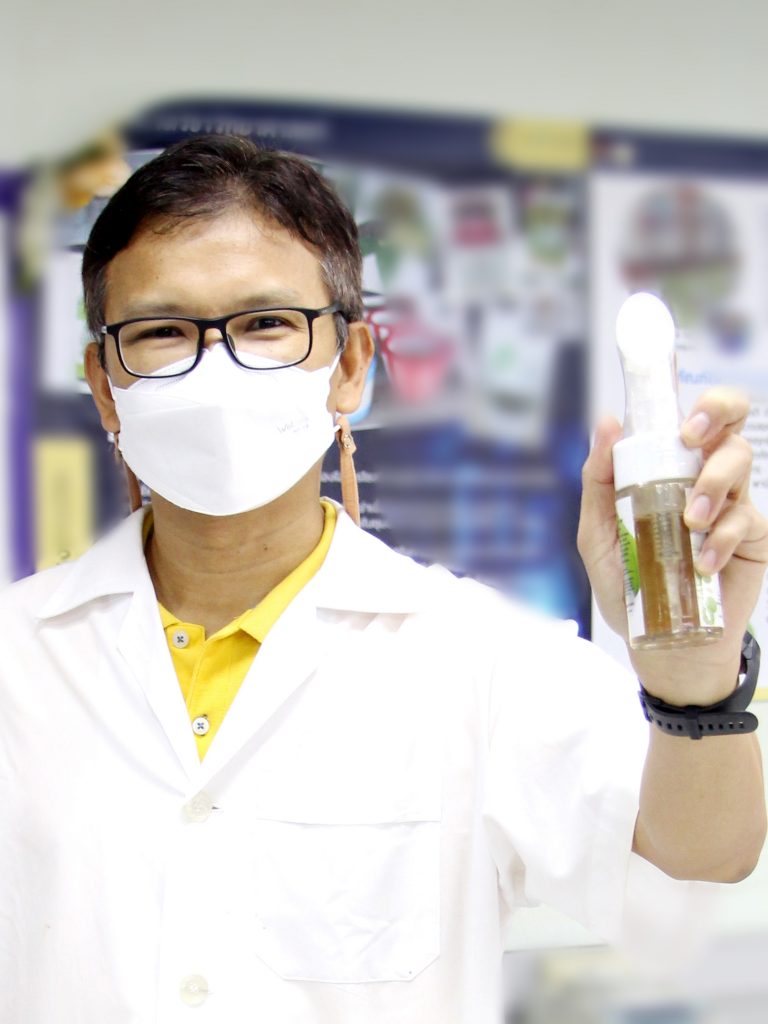
Facial cleansing foam from Khlu's hydrosol
Researchers : Asst.Prof.Woravith Chansuvarn (Ph.D.), Asst.Prof.Sirirat Panich (Ph.D.), and Anchana Kuttiyawong
Researchers from the Faculty of Science and Technology, RMUTP, led by Woravith Chansuvarn and including Sirirat Panich and Anchana Kuttiyawong, conducted a study on the phytochemical composition of essential oil extracts (also known as hydrosol) from Khlu leaves. The goal is to utilize it as a component of cosmetic goods, including facial washing foam, to lessen skin inflammation. Thailand Science, Research, and Innovation (TSRI) provided financing support for this project in 2021.
Khlu is a medicinal plant that is commonly utilized in Asian nations, including India, Malaysia, and Indonesia. Its scientific name is Pluchea indica (L.) Less. According to local knowledge, the five components of Khlu are its leaves, roots, stems, flowers, and fruits. It is an herb with therapeutic uses as a diuretic, to treat urinary issues, and to lessen edema.
The extract in the water layer, known as hydrosol, is made using steam extraction. Usually, extraction yields two parts of the product: the essential oil, which is insoluble in water, and the hydrosol, which is a water extract. Due to the fact that many people use this water layer to extract flowers, it is known as floral water. Typically, steam distillation is used to extract essential oils.
The advent of cosmeceutical goods has significantly increased the competitiveness of Thailand's traditional herbal cosmetics. Under the copyright of Keerati Company Limited, it has been developed into a facial cleansing foam product at this time. See more detail at https://www.facebook.com/giratiTH or E-mail : ttuajaroen@gmail.com
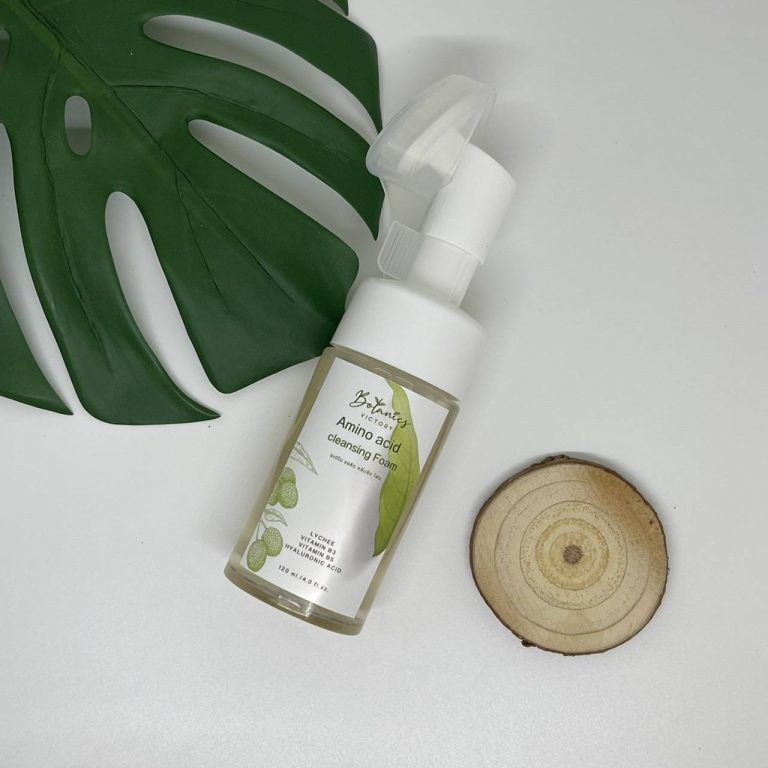
Published information: September 15, 2022
More Information >> Click
Inca Star Peanut Butter has a high nutritional value and prevents early aging
Researchers : Sirirat Panich (Ph.D.)
Inca star beans have a fat content of 52.14%, carbohydrates of 13.8%, and protein as high as 27.79%. Inca beans contain essential amino acids such as leucine, which are involved in the growth and repair of worn-out parts of the body, such as bones, skin, and muscles. Threonine helps with metabolism in the body and also promotes the absorption of food. Histidine is a necessary amino acid for growing children.
In Inca Peanut Butter, there are unsaturated fatty acids such as alpha-linolenic acid, which promotes children's growth, as well as saturated fatty acids like palmitic and stearic acids. Alpha-linolenic acid was found in high concentrations (2.48 g/100 g), followed by linoleic acid (23.4 g/100 g) and oleic acid (5.53 g/100 g). Moreover, potassium, manganese, and calcium, which are good for bones and teeth, are minerals that are good for the body. Selenium, zinc, and iron are additional nutrients that have antioxidant properties.
Published Information: December 22, 2021
Read More >> Click
Milk product from Sacha Inchi for allergicer to cow's milk
Researchers: Sirirat Panich (Ph.D.)
This study intends to investigate the chemical, physical, and microbiological characteristics of Sacha Inca bean milk. An analysis of the nutritional value of 1 serving of 180 ml revealed that it contains 110 kilocalories of total energy, as well as the following vitamins and minerals: vitamin B1 (2%), calcium (4%), and iron (4%). Sensory evaluation in relation to almond milk It has been discovered that milk made from Inca star beans tastes and smells more nutty. However, it has a high nutritional value, is rich in protein, has healthy fats like Omega 3 and 6, and is free of cholesterol and trans fats.
Published Information: December 22, 2021
Read More >> Click
Silk Facial Mask Innovation
Researchers: Sirirat Panich (Ph.D.)
The silk facial mask was created following additional studies on prior studies with funding from the Thailand Research Fund (TRF) as part of the Thai-fruit-Functional fruit project. The antioxidant potential of 19 varieties of fruits from northeastern Thailand and 3 types of fruits from other countries were examined as part of the Thai-fruit-Functional fruit research. According to the previous study, three varieties of Thai fruits—Mak Mao, Samo, and Indian Gooseberry—had higher antioxidant activity than fruits from other nations, which usually serve as a component of cosmetic products.
Indian gooseberry contains the highest quantities of antioxidants when compared to Thai fruits. It contains a significant amount of vitamin C as well as up to six additional antioxidants, including quercetin, kaempferol, isocarilagin, and quercetin 3-B-d-glucopyranoide. Due to their high antioxidant activity, these chemicals aid in reducing and preventing the production of free radicals, which are significant contributors to skin aging, wrinkled skin, and skin damage. Additionally, free radicals cause the collagen under the skin to break down more quickly, resulting in dry skin, and dull skin. As a result, serums rich in antioxidants will significantly aid in reducing sun-related wrinkles. The Indian gooseberry is also appropriate for use as a cosmetic ingredient because it is inexpensive, simple to locate, and available all year round.
Published Information: December 22, 2020


